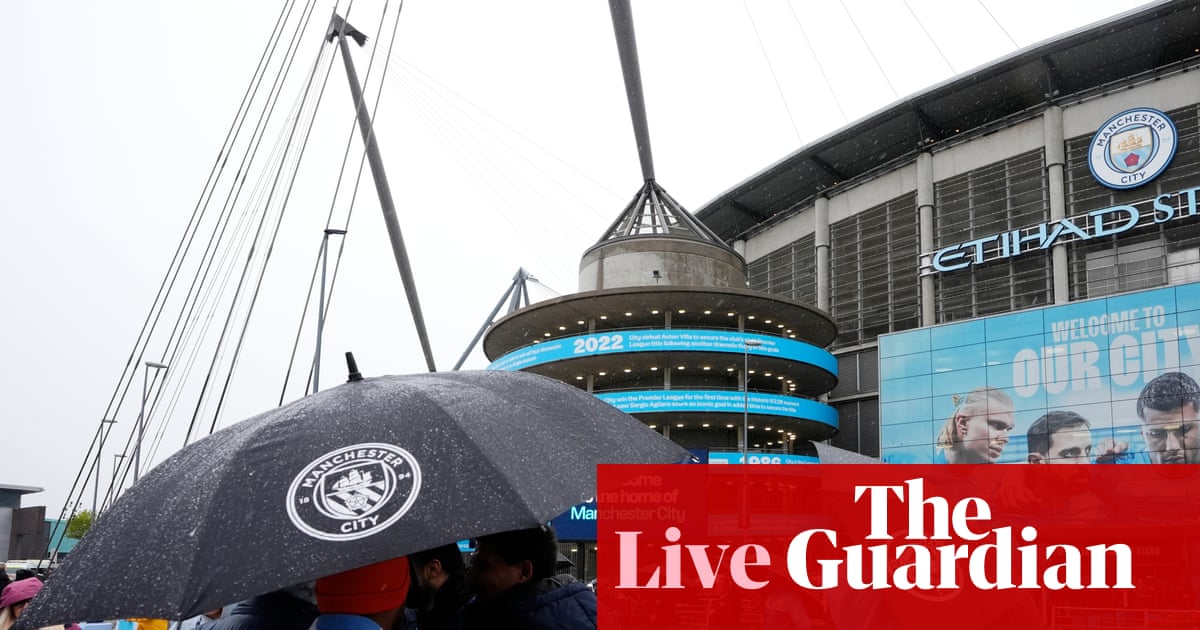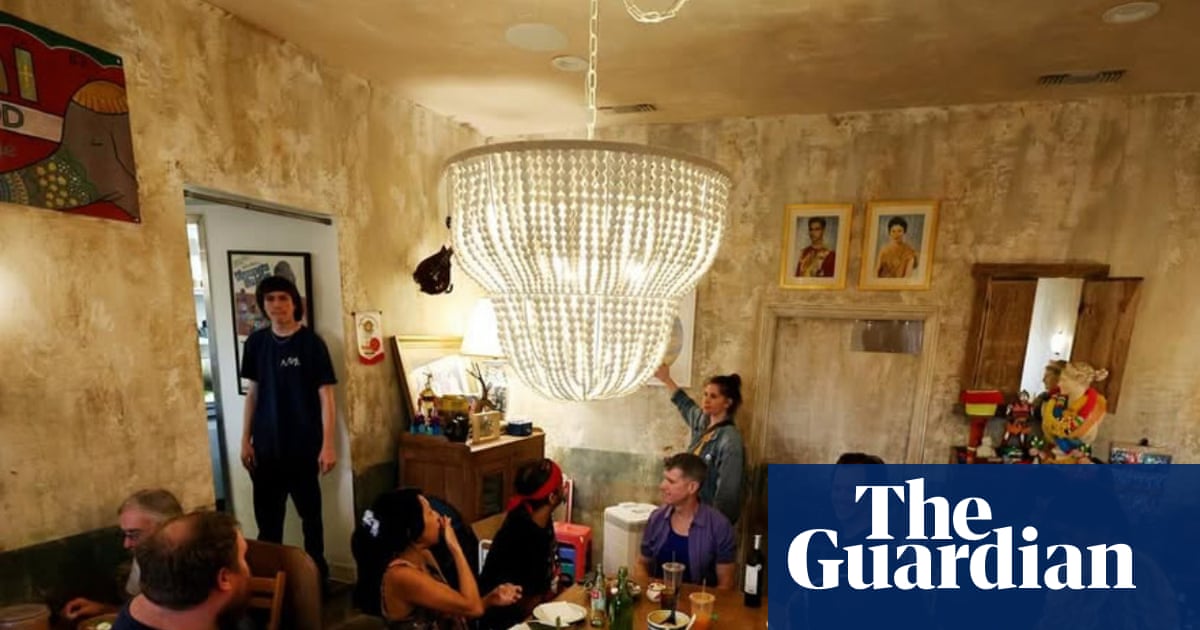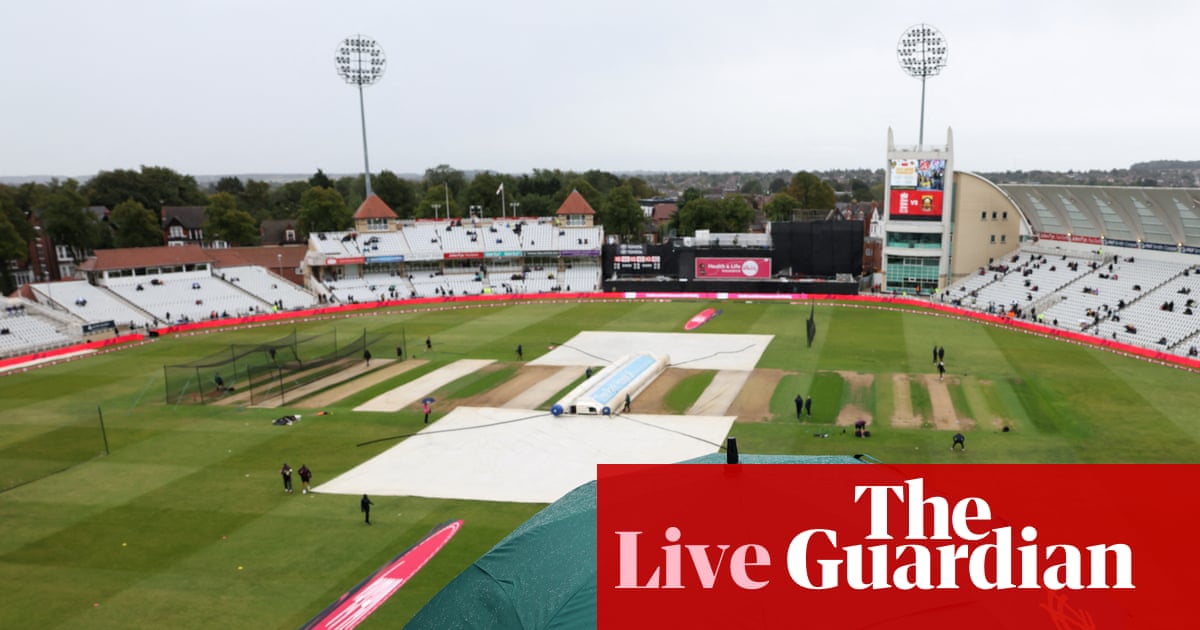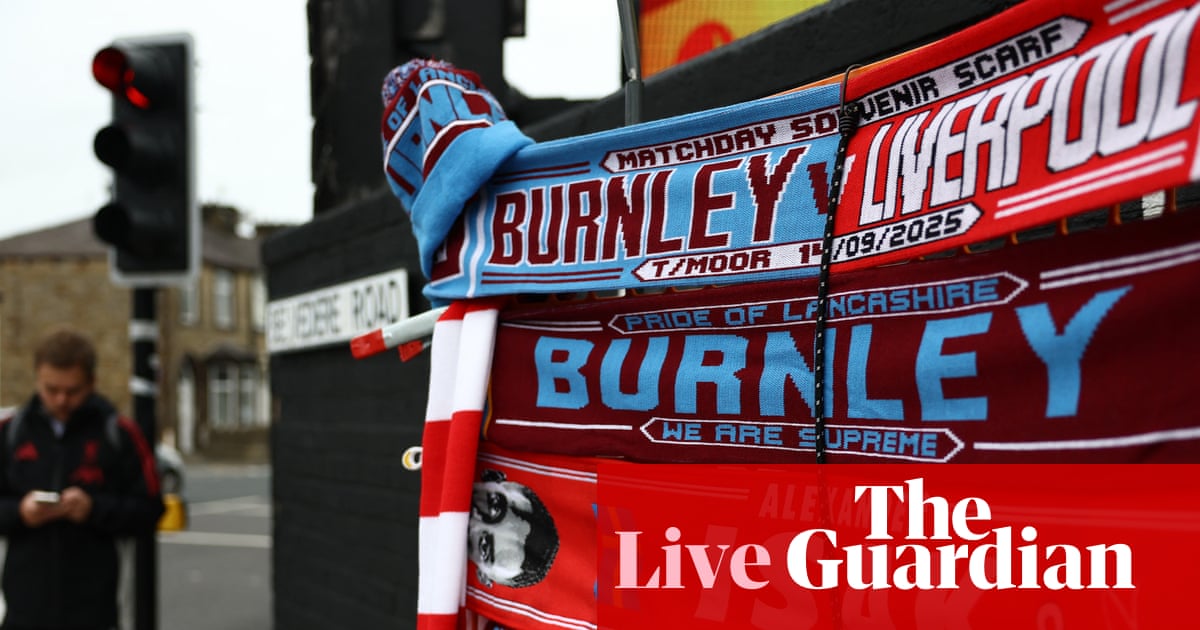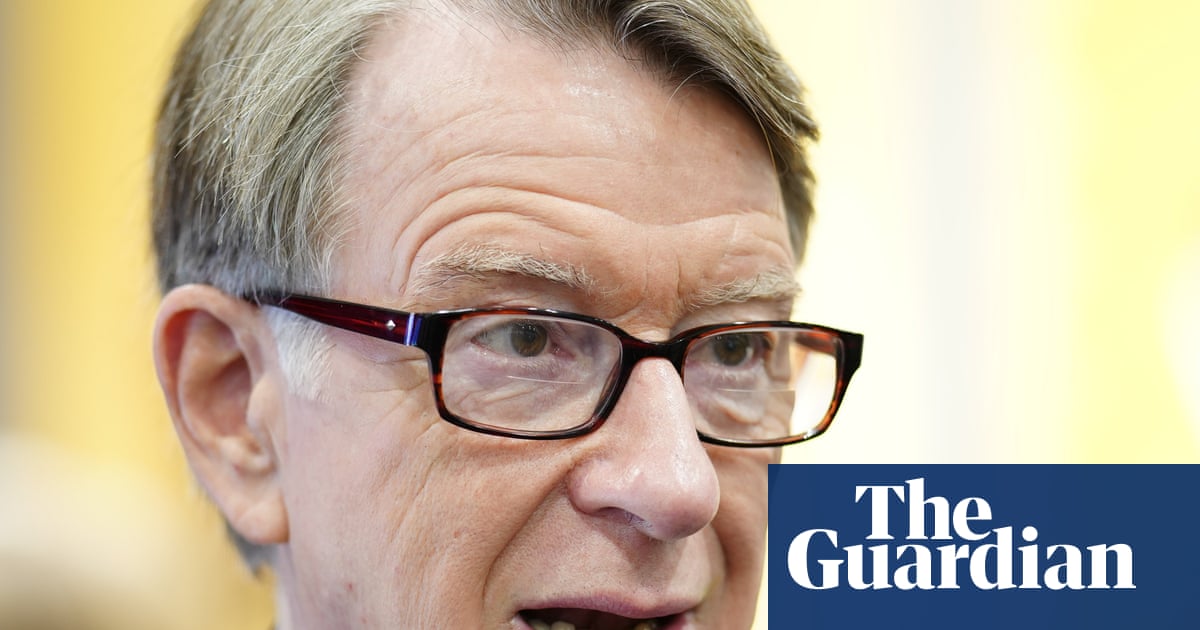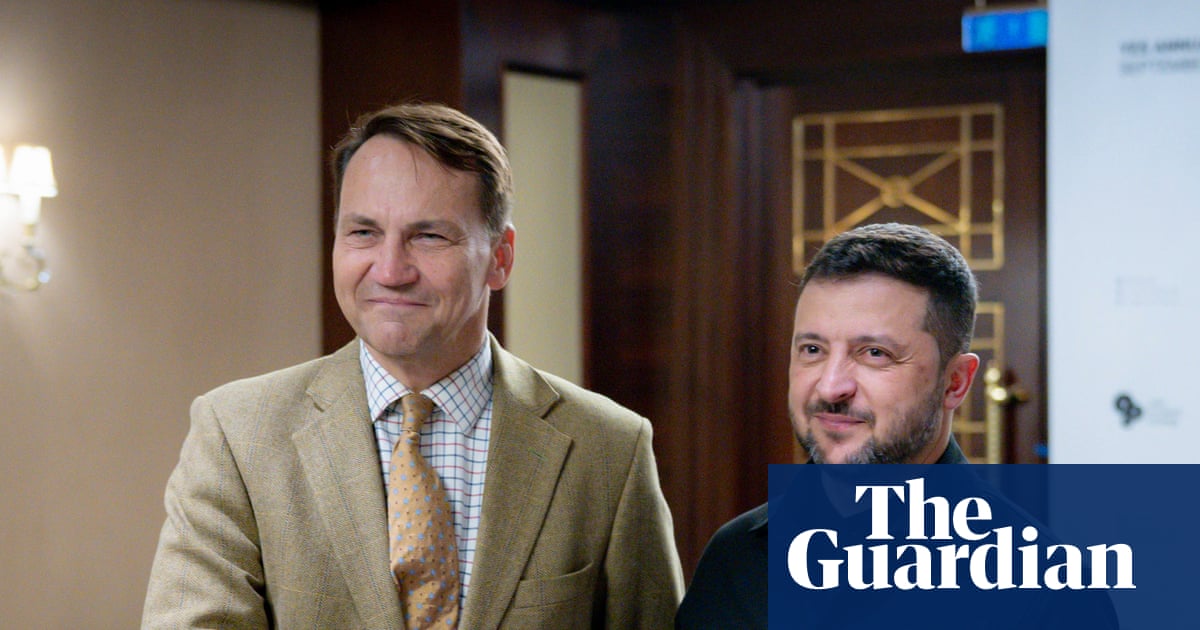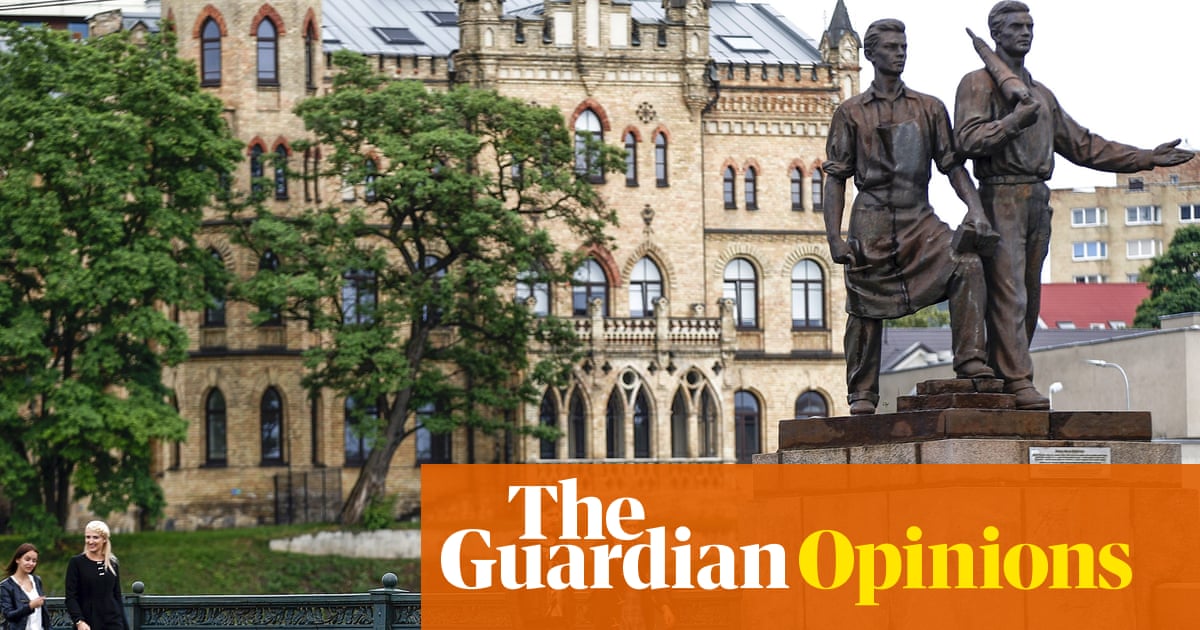Three years ago, in Zurich for the first time, I crossed a bridge over the Limmat River and saw people floating down it in rubber rings on their way home from work, some casually holding beers. The Limmat is so clear that it almost begs you not only to jump in, but to drink it.
Paris’s Canal Saint-Martin has never produced either desire in me – but sweltering in last week’s 38C heat, I wanted to close my eyes, pretend it was the Limmat, and leap. Others weren’t so hesitant; there was a line of people going up one of the footbridges over the canal waiting for their turn to jump, dive, backflip or just belly-flop into the water.
As the climate crisis throws its destructive effects ever more fully in our faces, cities during heatwaves are their own type of ground zero. It’s no secret that Paris lacks green space and tree cover, ranking at the bottom of MIT’s Green View index. Last week especially, I found myself longing for the expansive green lawns of Parc Montsouris – along with its free, public sparkling water fountain (one of 17 across the city).
With the sidewalks sizzling and the sweat dripping, how can we create more green spaces and more tolerable streets in a densely populated city, with housing stock so susceptible to increasingly intense summer heat?
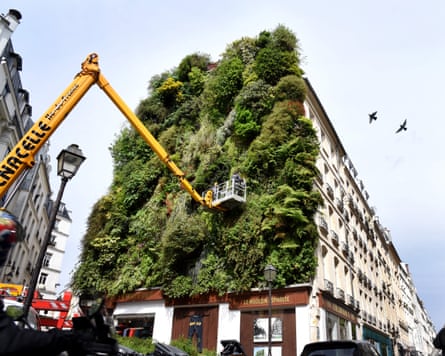
The answer seems to be to squeeze in bits of vegetation and traffic-calming measures wherever possible. A green wall near Sentier Métro station; bushes, trees, flowers and wildgrasses in former parking spots on Rue de Sully; the pedestrianisation of Rue Charles Moureu in the 13th arrondissement, and hundreds more streets like them to come. There is the “urban forest” growing in front of Paris’s city hall, which is the capital’s third so far, after the 470 trees that replaced a torpid stretch of concrete and sun at Place de Catalogne, and a repurposing of old railway tracks in the 20th arrondissement.
On Sunday, the mayor of Paris, Anne Hidalgo, inaugurated her infamous pledge to make the Seine swimmable again for the first time in a century. You might call it a gimmick, though there are Parisians excited to take the plunge.
While none of these localised urban tweaks are a substitute for big-picture political action to tackle the climate crisis, we will need to use every adaptation available to make our cities tolerable in the face of extreme heat. Whether it is swimmable ponds or little pockets of shaded respite, these things all help.
Here in Paris, for example, they are redoing an intersection near my apartment that is also home to a small square. Previously, everything was paved in heat-absorbing blacktop; now, the blacktop has been replaced with stone, which does a better job reflecting the sun, and half of the formerly paved surface area has been planted. The visual improvement is already incontrovertible, and in a few years, when the plants have grown to their full size, what was once a heat island will have been transformed into something far cooler and more convivial.
Hidalgo’s strategy hasn’t been without its critics, but from the pedestrianised banks of the Seine to the proliferation of bicycle lanes, who could deny that it has been swift and high impact?
According to Luc Berman at Le réseau vélo et marche, a collective working to improve cycling and pedestrian infrastructure, the percentage of trips made on bicycle in Paris has gone from 2% to 12% in the last 10 years, while car use declined from 12% to 4%. “No other city in the world of this size has moved so quickly,” says Berman. “It’s an example of what political courage can achieve at the local level.”
In the immediate aftermath of the Covid lockdowns, the city threw up concrete barriers seemingly everywhere to carve out space for bicycles, and allowed restaurants to spread out terraces into streets. Those temporary measures have now been transformed into permanent cycling infrastructure and permanent demand for the expanded restaurant terraces.
Will it all be enough, though? My bedroom – off my building’s inner courtyard – is fully protected from direct sunlight, but in last week’s searing temperatures, sleeping was still a challenge. Marine Le Pen’s far right is attempting to turn a demand for “obligatory” air-conditioning into its cause célèbre, while of course opposing tackling the root cause of the heating, through the only forum significant enough to do so: the EU. When it comes to overheating retirement homes, schools, Métro trains and France’s nuclear-powered electricity grid, other parties would be foolish to let the National Rally claim this ground – these spaces do need air-conditioning. But in Paris’s 19th-century apartment stock, it’s clear that it will not be coming to save us en masse.
This is our future. For the moment, extreme heat is still just a week here, a week there of sweaty, sleepless nights, but it will get worse. The Canadian zoologist and climate activist David Suzuki recently declared that “it’s too late” to solve the crisis. We can, and should, do as much as we can as fast as we can to limit every 10th of a degree of additional heating, but we have harmed our present and our future in an irreversible way and we’re already feeling it. All that cities can do is adapt. Some will do a better job of it than others. If that makes you go ugh, well – it’s the heat talking.
-
Alexander Hurst is a Guardian Europe columnist

 2 months ago
36
2 months ago
36
